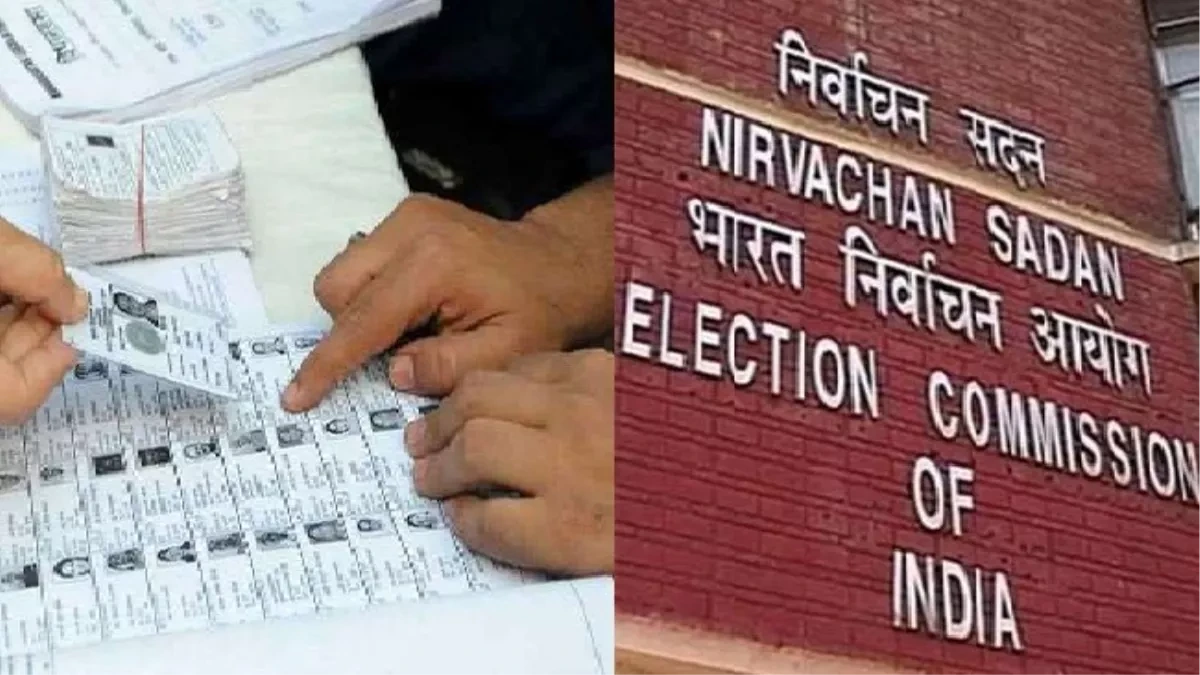- Courses
- GS Full Course 1 Year
- GS Full Course 2 Year
- GS Full Course 3 Year
- GS Full Course Till Selection
- Answer Alpha: Mains 2025 Mentorship
- MEP (Mains Enrichment Programme) Data, Facts
- Essay Target – 150+ Marks
- Online Program
- GS Recorded Course
- Polity
- Geography
- Economy
- Ancient, Medieval and Art & Culture AMAC
- Modern India, Post Independence & World History
- Environment
- Governance
- Science & Technology
- International Relations and Internal Security
- Disaster Management
- Ethics
- NCERT Current Affairs
- Indian Society and Social Issue
- NCERT- Science and Technology
- NCERT - Geography
- NCERT - Ancient History
- NCERT- World History
- NCERT Modern History
- CSAT
- 5 LAYERED ARJUNA Mentorship
- Public Administration Optional
- ABOUT US
- OUR TOPPERS
- TEST SERIES
- FREE STUDY MATERIAL
- VIDEOS
- CONTACT US
82nd Anniversary of the Quit India Movement
82nd Anniversary of the Quit India Movement
10-08-2024

The 82nd anniversary of the Quit India Movement (QIM) was celebrated on August 8, 2024.
Historical Context:
- Launch: The Quit India Movement was officially launched on August 8, 1942.
- Leader: Mahatma Gandhi led the movement.
- Objective: To demand the immediate withdrawal of British forces from India and to mobilize the Indian population in a non-violent civil disobedience campaign against British colonial rule.
What Was the Quit India Movement (QIM)?
- Purpose: A major campaign for India's independence from British colonial rule. It aimed for the immediate end of British control.
- Strategy: It was a non-violent movement advocating civil disobedience.
Reasons for Starting QIM:
- Failure of the Cripps Mission (1942):
- The Cripps Mission was sent by the British government to negotiate with Indian leaders. However, it offered only dominion status rather than full independence and allowed provinces to secede, which contradicted the idea of national unity.
- Economic Impact of World War II:
- Rising prices and shortages of essential goods caused public discontent. The poor were hit hard by inflation, while the rich faced excess profit taxes. The situation was worsened by mismanagement and profiteering.
- British Evacuation from Southeast Asia:
- Reports from refugees indicated the collapse of British power in Southeast Asia and the abandonment of Indian refugees, leading to fears that Britain might also abandon India if Japan invaded.
- Imminent Collapse of British Power:
- The Allied reverses and British retreats in Southeast Asia and Burma led to a belief that British rule was nearing its end.
- Fear of Japanese Invasion:
- Leaders feared that India would lose morale and not resist if Japan invaded, thus prompting the need for an immediate struggle.
Key Aspects of the Quit India Revolution:
- Adopted on July 14, 1942: By the Congress Working Committee in Wardha.
- Accepted on August 8, 1942: By the All India Congress Committee (AICC) in Bombay.
- Gandhi’s Role: Gandhi was named the leader of the struggle.
- Resolution Goals:
- Immediate end to British rule.
- Commitment to defend a free India against fascism and imperialism.
- Formation of a provisional government after British withdrawal.
- Launching of a civil disobedience movement.
- Famous Speech: Gandhi’s “Do or Die” speech emphasized the urgency and determination of the movement, stating, "We shall either free India or die in the attempt."
Government Response and Movement Spread:
- Public Reaction:
- Widespread attacks on symbols of authority, sabotage, and civil disobedience.
- Underground activities by leaders like Rammanohar Lohia, Jayaprakash Narayan, and Aruna Asaf Ali.
- Establishment of parallel governments in Ballia (U.P.), Tamluk (Bengal), and Satara (Maharashtra).
- British Response:
- Arrest of top Congress leaders and suppression of public demonstrations.
- Use of force, including lathi-charges, tear-gassing, and shootings. An estimated 10,000 people were killed.
- Gagging of the press and heavy fines on rebellious villages.
Nature of the Movement:
- Spontaneous Aspects:
- Described as the most serious rebellion since 1857 by Viceroy Linlithgow.
- Unplanned, violent, and widespread due to the arrest of leaders.
- Organized Aspects:
- Preparations included a twelve-point program and radical movements by Congress-affiliated groups.
- Previous mass movements and rural mobilization contributed to the organized nature of QIM.
Lessons and Significance of QIM:
- Lessons:
- For Indian Masses: Gandhi and Congress were seen as symbols of liberation.
- For Congress: Suppression discredited left-wing members advocating violence; led to a preference for negotiation.
- For British: Realized the difficulty in managing such movements without wartime powers, leading to a willingness for an orderly withdrawal.
- Significance:
- Emphasized the immediate demand for independence.
- Marked a shift towards constructive work and reorganization within Congress.
- Set the stage for negotiations post-World War II, leading to eventual independence.
Conclusion:
The Quit India Movement was a crucial turning point in India's struggle for independence. Despite severe repression, it mobilized public support and intensified the demand for freedom, eventually accelerating the end of British colonial rule in India.




